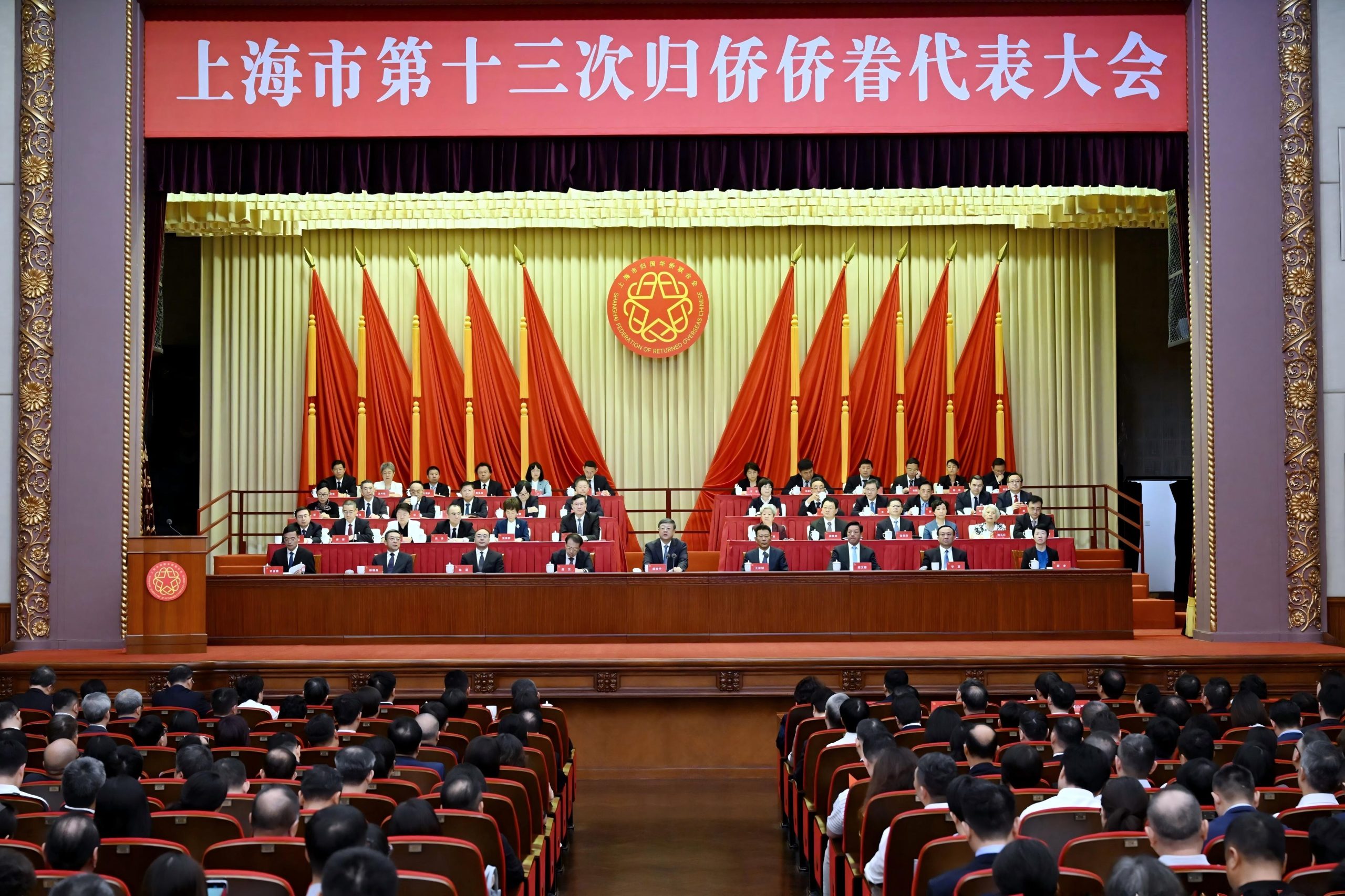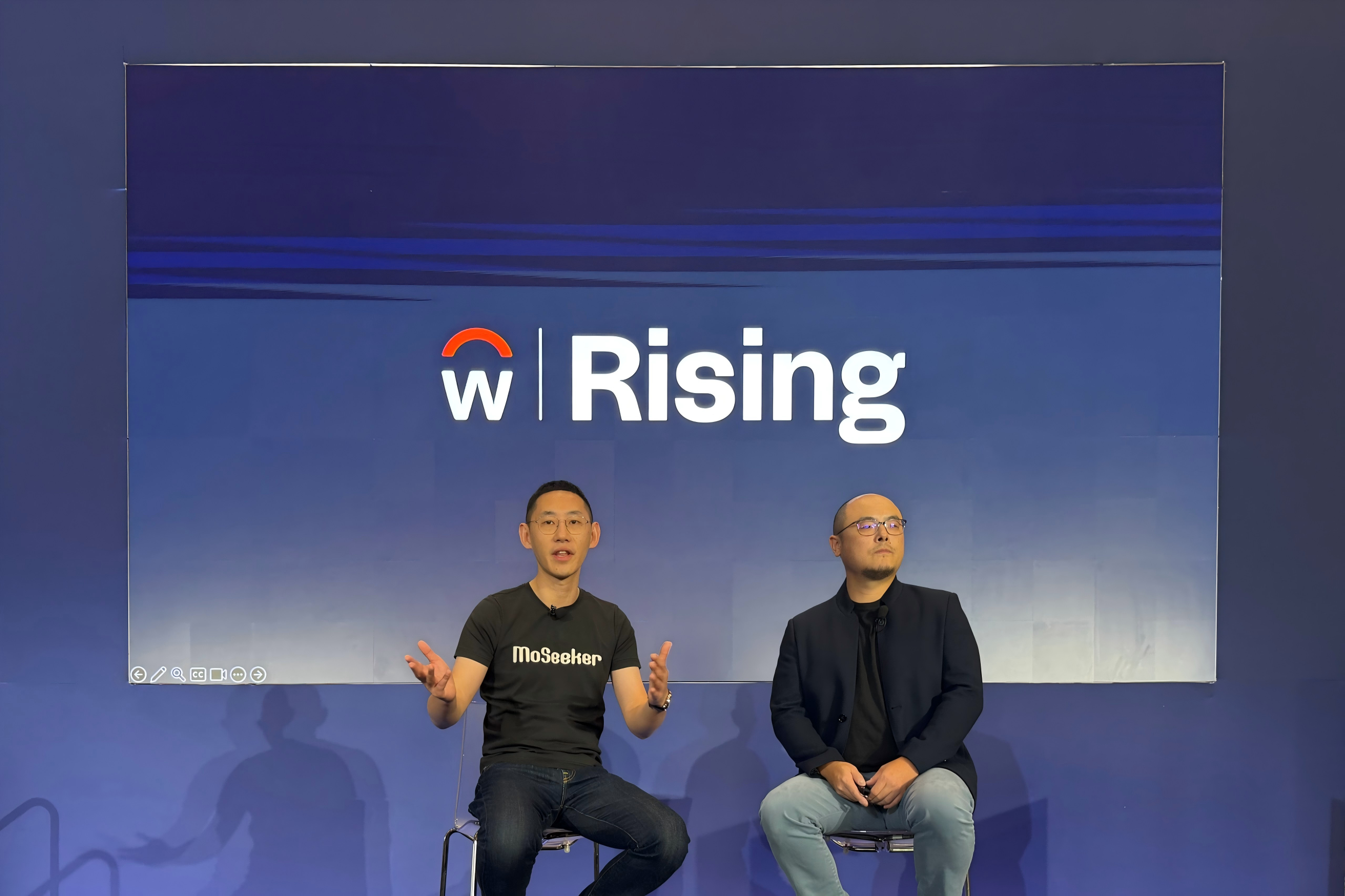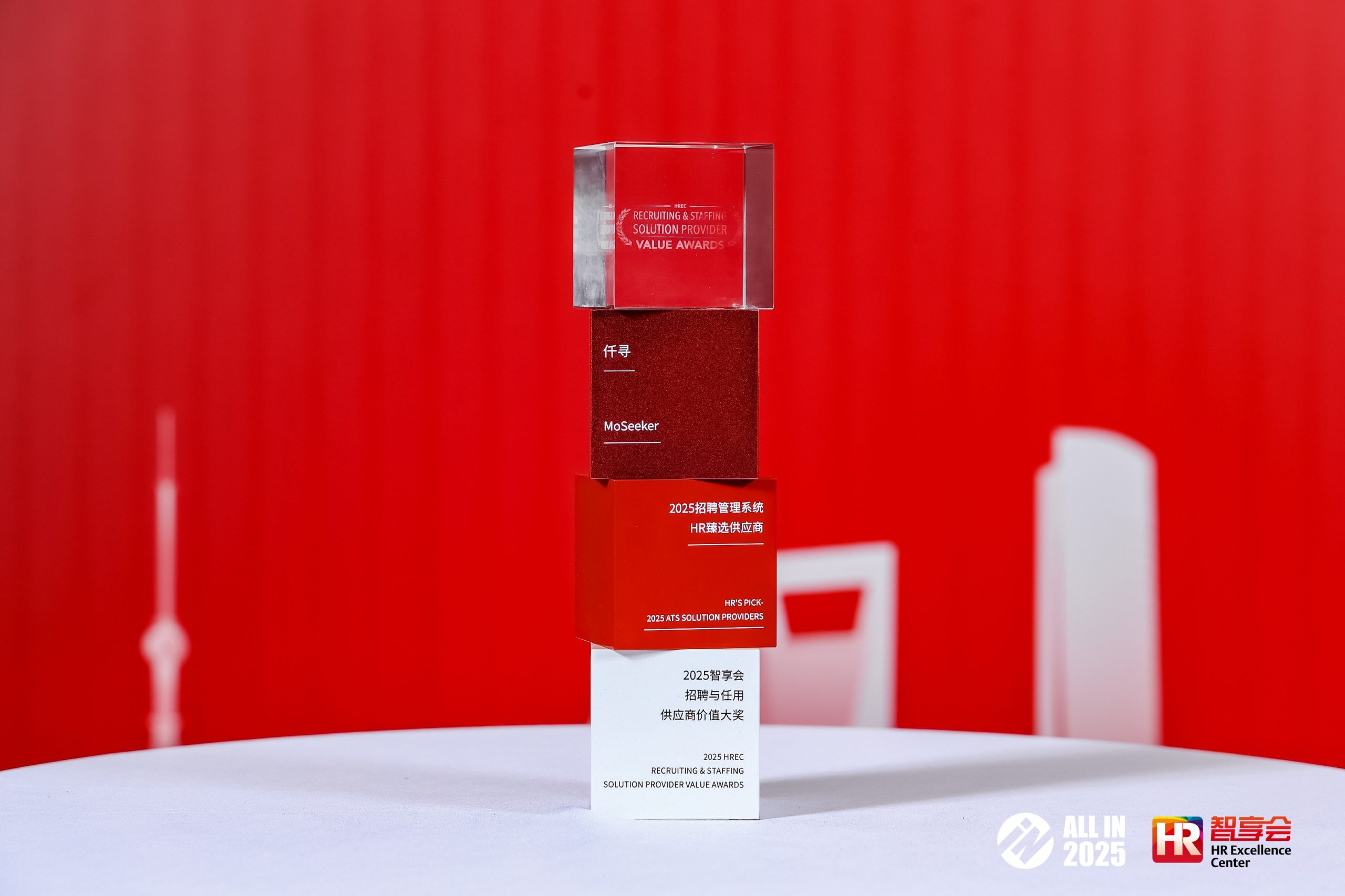One day in March 2017, inside a studio hall in Austin, Texas, USA, an audience held their breath, waiting for the results of a unique competition.
This was a special showdown.
Contestants had to select the most suitable candidates for three job descriptions out of 5,500 real resumes, and predict who would ultimately be hired. Among the nine participants, eight were seasoned headhunters from American recruitment agencies. The ninth, however, was a recruitment AI assistant developed by Brilent.
When the host announced the final results, the room erupted in applause…
Don’t worry—even in this historic human-versus-machine battle, it was humanity that took the slight lead and won in the end. But the AI’s performance still thrilled tech enthusiasts: 3.2 seconds—that’s all Brilent’s AI assistant needed to sift through 5,500 resumes. In contrast, a top-notch HR professional took 25 hours to handle the same workload. In other words, when it comes to resume screening, AI is roughly 28,000 times more efficient than humans.
Are we really relying on cold, invisible code to put food on our table?
According to a 2017 PwC survey of CEOs, 40% of multinational companies are already applying AI technology to human resource management. Most of these are international firms headquartered in the US, though European and Asian companies, while more conservative, are catching up fast. The undeniable reality is, more and more business leaders are recognizing the value of AI in HR.
Over half of the CEOs surveyed say they are prioritizing investment in data analytics to both discover and nurture talent—while also maintaining employee loyalty. 63% are reconsidering the very role that HR departments should play within their organizations.
Recruiting talent, as one of the core functions of HR, has become a focal point where various AI technologies are seeking breakthroughs from different angles.
It’s still uncertain whether artificial intelligence will ultimately replace humans in the workforce. What is nearly certain, though, is that in the future, your job may very well depend, at least in part, on AI.
The Arrogance and Prejudice in Recruitment
No company wants to be branded as “racist” or “sexist”—especially in countries where political correctness reigns supreme.
When faced with hundreds or thousands of applications, human HR professionals can’t always overcome their own biases and select all the right candidates. Sometimes, they miss out on the best talent due to stereotypes. AI technology, which relies on large-scale data analysis instead of gut feeling or surface impressions, is proving to be quite skilled at helping companies eliminate human bias and improve the “accuracy” of their hiring decisions.
At least, that’s what its advocates and paying customers believe (or used to believe). After all, the label “technologically neutral” is enough to persuade many self-proclaimed “fair and impartial” big corporations to invest in AI-powered recruitment.
Laszlo Bock, former head of HR at Google, has openly stated that automated AI can identify “top candidates” more efficiently. For example, by using AI software to design interview questions that ignore candidates’ backgrounds and zero in on their actual professional abilities and whether they can do the job.
There’s also the rise of video interviews. Four years ago, Hirevue completed its $45 million Series E funding and launched the Team Acceleration platform, becoming one of the first companies to offer online video interviews for businesses. Its system uses AI to analyze applicants’ video responses in detail—examining facial expressions, gestures, tone of voice, and more—to help companies select the best candidates for each position. According to the CHRO of Accenture, one of Hirevue’s clients, the company’s Insight system is particularly valuable when candidates come from diverse cultures or are answering questions in a non-native language.
Or perhaps—could you land a job by “playing a little game for love”? Only AI could make that possible.
Founded in 2013, Pymetrics is a startup devoted to helping companies filter out “background noise” from candidates. Claiming to use neuroscience to identify talent, they require applicants to complete a set of neuroscience-based games during the early stages of recruitment, which then generates a comprehensive career assessment. Because these games ignore things like gender, race, or education level, clients such as Nielsen believe Pymetrics can help them recruit the best talent from a far broader pool.
However, just as everyone was buying into the promise of “technological neutrality” with enthusiasm, some “believers” began to jump ship. Amazon, which had been quietly experimenting with AI recruiting since 2014 to improve efficiency, shut down its internal AI recruitment tool at the beginning of 2017 and dissolved the team behind it.
The reason? The company’s machine learning experts uncovered a significant problem: their new recruiting engine had a marked preference for male candidates. The root of this awkward outcome lay in the training data—over the past ten years, most of the resumes Amazon received were from men.
That meant the “assistant” was inherently biased from the start. Despite Amazon’s efforts to program around certain terms, the AI still couldn’t avoid discriminating against applicants in practice.
Ah, artificial intelligence…
With this in mind, concerns raised by MIT Technology Review hardly seem unfounded. In a 2017 report, the author wrote, “At this critical moment in the development of machine learning and artificial intelligence, algorithmic bias is becoming a major social issue.” John Giannandrea, Google’s former head of AI (now Apple’s Senior Vice President in AI), has publicly warned, “Algorithmic bias is the biggest crisis facing our future.”
Nevertheless, in the more specialized field of AI recruitment, some people remain hopeful: they believe that even if the technology does exhibit bias, the risks are still smaller than those caused by human judgment.
Ashutosh Garg, CEO of Eightfold.ai, addressed such concerns in an open letter:
“Through intelligent data, we can provide HR teams with powerful insights that are based on a broader, more objective perspective. Our diverse product offering helps eliminate inadvertent bias resulting from blind assessments. We fully comply with Equal Employment Opportunity Commission (EEOC) guidelines and do not evaluate candidates for roles based on age, gender, race, religion, or disability.”
Eightfold.ai is working to use big data to build models that clarify people’s strengths and aptitudes. Last April, the company completed a $24 million funding round, backed by Lightspeed Ventures and Foundation Capital.
Let’s Start with a Casual Chat
“We’ll get back to you after considering your application.”
Whenever an HR manager says this with a polite smile, most job seekers feel their hearts sink. “Again”? When will that be? In the world of adults, pressing for answers is generally not allowed, and waiting in vain after being asked to “please wait” is all too common.
And people’s instincts aren’t wrong. Research shows that 75% of HR managers never give feedback to rejected candidates. This includes, firstly, not informing them that they were unsuccessful, and secondly, not explaining why. After days of anxious waiting, patience wears thin, and 18% of candidates ultimately go from fans to detractors, silently becoming opponents of the companies that rejected them.
Job seekers want to know why they didn’t make it further; otherwise, “there’s no way to adjust and improve.” Most of the time, though, failing to make the interview shortlist means receiving no response at all—this black hole in the recruitment process can swallow not only candidates’ confidence, but also their goodwill toward the company. The poor experience that results from one-sided communication can even harm a company’s brand.
In fact, it’s not just after submitting a resume or attending an interview; genuine, responsive interaction is becoming increasingly valued by candidates throughout the entire recruitment process.
It sounds simple, but it’s much harder in practice.
“A huge number of questions are repetitive, and the efficiency of such conversations is extremely low—neither side enjoys the experience.” So, in contrast to prioritizing long-term goals like fair employment and diverse hiring, some companies take a more pragmatic view, focusing on boosting recruitment efficiency and improving the experience for both HR and candidates.
Joyce is head of employer branding and recruitment channels for Mars China—the famous food company whose brands include Doublemint, Extra, Dove, Snickers, M&M’s, and more. In January 2017, Mars launched an official WeChat account dedicated to recruitment, incorporating an IM (instant messaging) feature.
This service was provided by MoSeeker, a startup founded in 2014 that uses the WeChat social network to offer direct referral recruitment tools for employers.
So… can you really land a job just by chatting? Is it really that easy?
“In the beginning, everyone was quite enthusiastic, and lots of recruiters used the system. But it quickly became clear that it was a waste of time—people kept asking the same questions, it wasn’t clear who was on the other end, and the workload just kept growing. In the end, most people preferred to work more efficiently, so they stopped using it.”
But the demand for real conversations persists. Mars China team members are still hoping for a better solution, and MoSeeker, too, is working on developing new technologies internally.
In June 2018, a chatbot named Mobot quietly launched on Mars China’s recruitment WeChat account.
Although there are countless chatbots on the market today, Wang Xiangdao, founder of MoSeeker, believes that only domain-specific vertical chatbots bring real value. “Siri has been around for roughly ten years, but it still can’t answer or solve certain questions well—it’s basically more for entertainment than practicality.” The reason, he explains, is that generic chatbots struggle to focus or guide conversations. In contrast, a vertical chatbot in a specific field can fully capture user intent.
Take recruitment as an example: job candidates often have clear goals, and when conversations drift off-topic, a specialized chatbot can quickly steer things back on track.
As an employer, Mars China seems quite satisfied with the chatbot’s performance.
Joyce explains that during the IM era, even at peak enthusiasm, only 30% of back-end questions ever got answered. “People assumed our HR team was aloof, but truly, we simply couldn’t reply to everyone.” Yet, after more than six months of deploying the chatbot, data from all sides showed positive results.
“In 2017, social media recruitment channels had already hit a bottleneck,” Joyce notes. The problem was that competition among WeChat public accounts had become fierce, with new accounts constantly appearing—but the general public’s attention span is limited, so the appeal and stickiness of any single company’s recruiting account kept dropping.
“No matter how creatively you write the copy or polish the content, the impact is limited—you just can’t keep up with how quickly people’s attention is divided.” Since content breakthroughs proved difficult, the team decided to focus on convenience and usefulness.
Every year, Mars China receives between 100,000 and 150,000 candidates from recruitment channels like 51job, Zhilian Zhaopin, and LinkedIn. “But most of these interactions are probably one-off,” Joyce explains. A candidate might submit dozens of applications and not even remember your company, and you have no way of knowing whether they’d ever come back. “There’s almost zero stickiness.”
However, if you can use that first point of contact to keep candidates within your WeChat public account, then even if there aren’t suitable roles available now, they can come back in the future to check for better matches. “For us, it’s become a channel for building a talent community. Over time, we hope to funnel more people into the account so it becomes our WeChat-based talent pool.”
Joyce says that in the first three months after launching the chatbot, the platform closely tracked key metrics: how many people entered a conversation, how many created a resume, and changes in article views, applications, and hires. “The results were excellent. Now, after six months, our growth rate has surpassed all previous cumulative gains.”
In fact, MoSeeker is far from the only company developing recruitment chatbots, and the sector has caught the attention of investors.
Mya Systems, a Silicon Valley tech company founded in 2012, launched an intelligent chatbot in 2017 to interview and assess candidates. In April 2018, they closed an $11.4 million Series A funding round. That same year, MeetFrank—a European startup also focused on recruitment chatbots—raised $1.1 million in seed funding. Leena AI’s chatbot received $2 million from prominent investors including Elad Gil, Snapdeal co-founders Kunal Bahl and Rohit Bansal, and FundersClub.
For businesses, the greatest appeal lies in cost reduction—including both labor and recruitment costs.
Joyce notes that when recruiters are freed from repetitive administrative tasks, their efficiency increases: “Our recruitment volume keeps growing internally, but our team hasn’t expanded.” Meanwhile, as social networks have made internal channels more effective, reliance on headhunters has dropped, which profoundly lowers overall recruiting costs.
So, here’s an offer from a chatbot—would you consider it?
By Wang Lixian
Original Report



